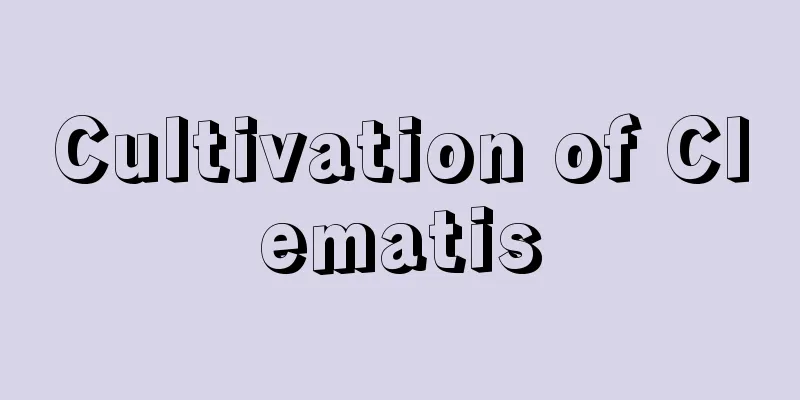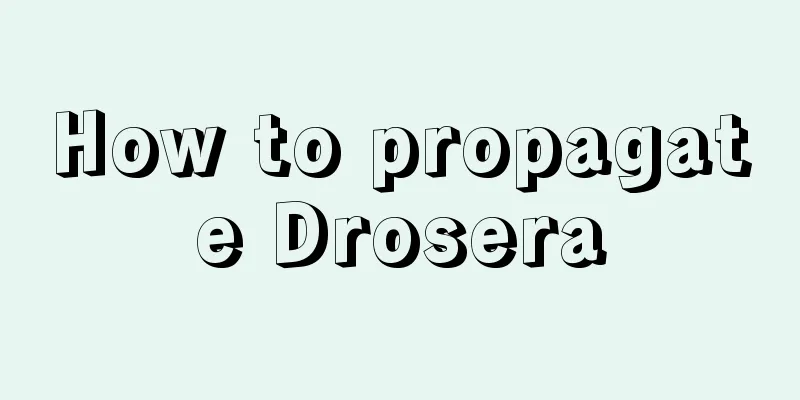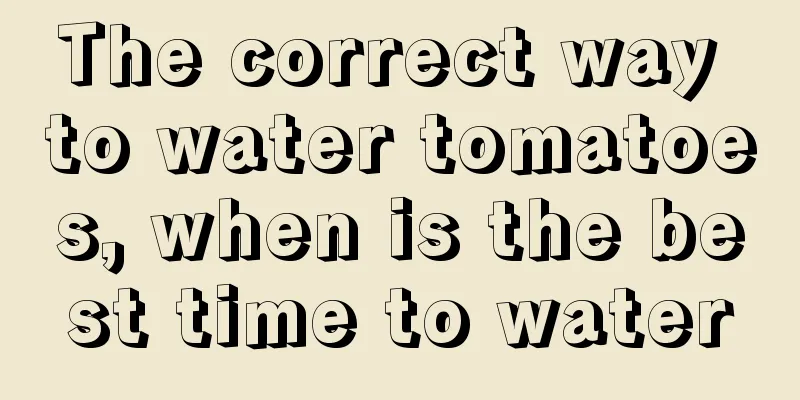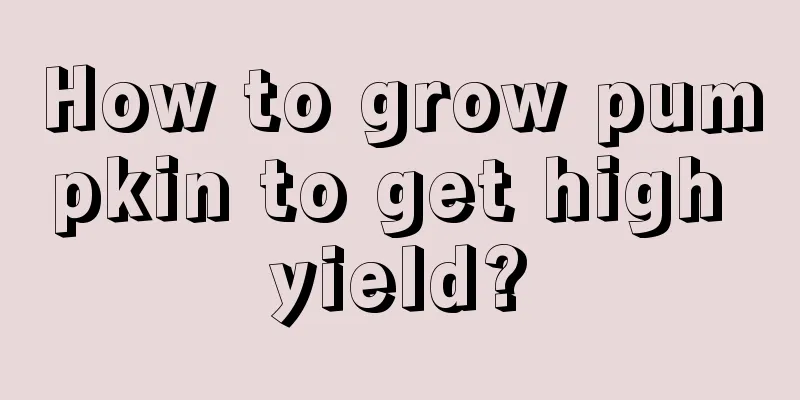Cultivation of Clematis

Soil requirementsIt likes fertile, well-drained alkaline loam and avoids waterlogging. The most important thing is that the potting soil must be breathable. If conditions permit, choose some better soil that has been strictly disinfected. If conditions are poor, you can use perlite and peat. Try not to dig garden soil directly for potting. Watering requirementsFor Clematis to grow well, the roots must breathe smoothly and watering should be done alternately between wet and dry. Allow the soil in the pot some time to dry. Generally, you can water it when it is dry 2-3 cm below the soil surface. If it is a plastic pot, it is a different matter. You can observe the weight of the soil in the pot. If it becomes lighter, it is time to water. If it is a ceramic pot, observe the soil in the pot. If it turns white, it needs to be watered. When watering, you must water thoroughly. The concept of watering thoroughly means that at least water flows out from the bottom of the pot. Pay attention to timely ventilation after watering. Lighting requirementsPotted clematis should be cultivated under full light conditions from autumn to early spring of the following year without shade. Strong light after entering summer will cause the leaves of the clematis to age and turn yellow, and grow poorly, so appropriate shading is needed. When growing indoors, ensure at least 4 hours of sunlight a day, otherwise the clematis will grow poorly. Fertilization methodAdhere to the principle of applying fertilizer frequently in small amounts and avoid being impatient for quick results. There are many varieties of Clematis, some of which are not tolerant to fertilizer, such as Long Petal, Evergreen, and Montana, so less fertilizer should be used during maintenance. Also, when fertilizing young seedlings, it is best to only use root-promoting and seedling-slowing fertilizers, and avoid applying heavy fertilizers. Winter is the best season to fertilize clematis. Basically, one application will work for several months! PrecautionsNewly planted clematis need to be kept well-watered in the first few months so that the roots have enough water to extend. Clematis is a vine plant with brittle branches that break easily, so be sure to lure and fix them in time. When growing clematis on an open-air balcony, pay attention to timely drainage, especially in the rainy season. It can be exposed to rain appropriately, but not excessively, and should be moved indoors in due course. |
Recommend
When is the best time to plant onions?
Scallion is a very common seasoning vegetable tha...
What soil to use for Phalaenopsis
Principle of soil use What kind of soil should be...
How to grow osmanthus fragrans
1. How to maintain 1. Choose the soil It likes lo...
Transplanting methods and precautions for osmanthus
Transplanting time When transplanting osmanthus, ...
How to grow safflower at home
1. Maintenance methods 1. Soil: Safflower grows b...
Can orchids be exposed to rain? Can orchids be exposed to rain when it rains?
The prerequisite for growing orchids well is the ...
Can raspberries be grown in pots?
Can raspberries be grown in pots? Raspberries can...
The flower language of Jade Lilac: Elegant, solemn, gorgeous
The Rarity of Jade Clove Simple but not tacky, go...
What areas are suitable for growing yellow fruit?
Huangpi fruit planting conditions Kumquat prefers...
Where does the dragon fruit grow? What plant does the dragon fruit grow from?
Dragon fruit is divided into red-heart and white-...
How to take care of the newly bought Clivia
1. Stay hydrated The growth of plants cannot be s...
When is the best time to plant sugar apple seeds?
Custard apple seed planting time Sugar-apple is a...
What are the cultivation methods and precautions of money string flower
How to grow money string flower The money tree is...
How much water should I give to the lipstick spider plant?
1. How much to water When watering the lipstick s...
How much is a pound of golden thread lotus (price introduction)
1. Price Introduction Nowadays, there are many ki...









